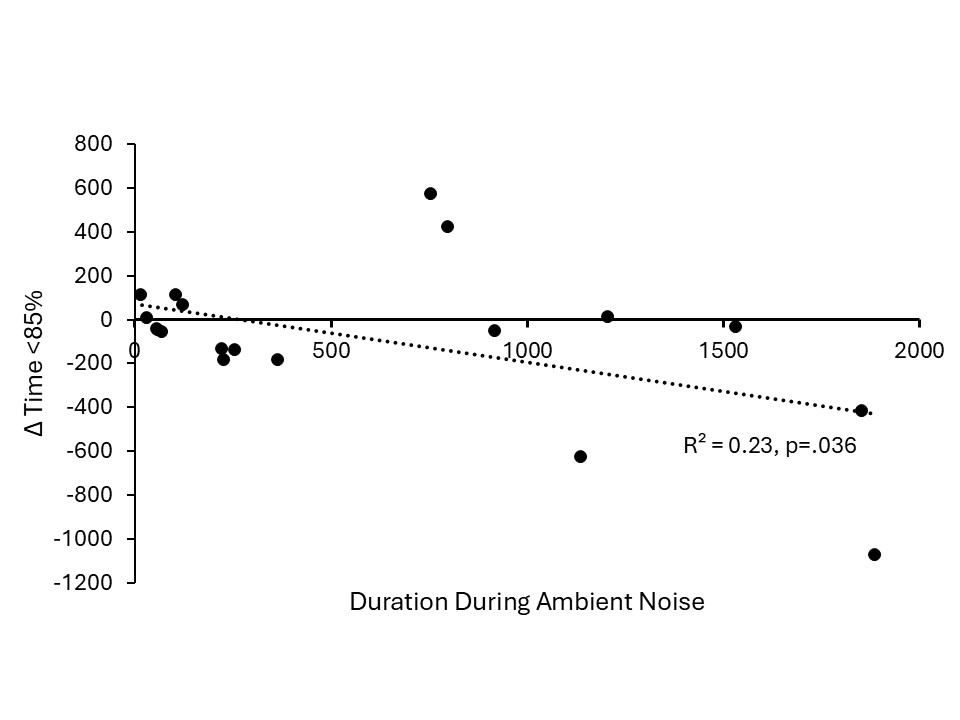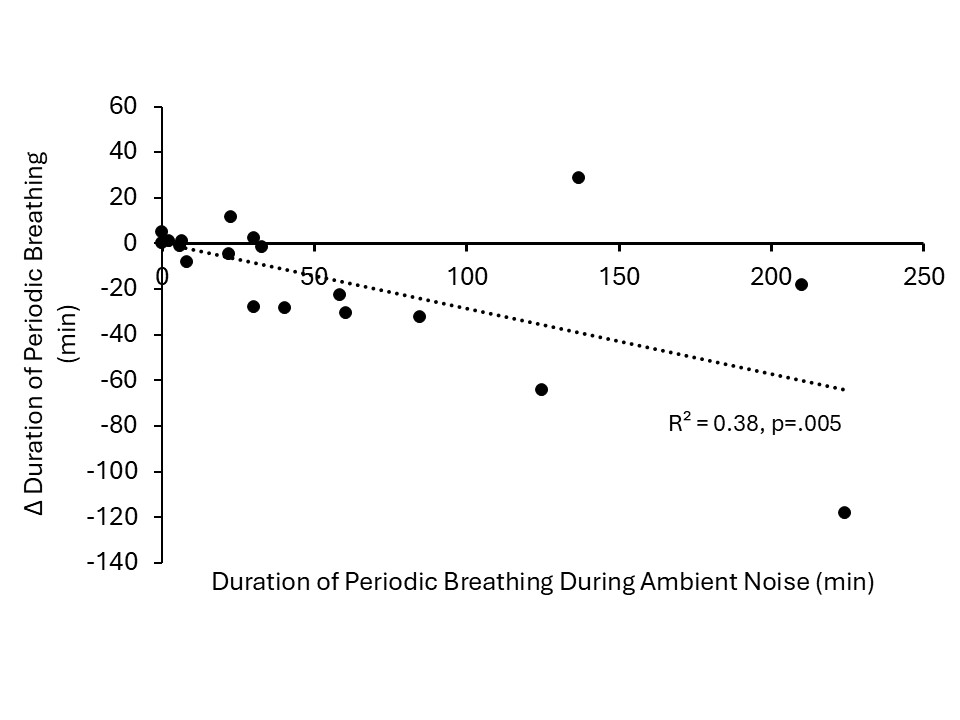Neonatal General 4: Novel Technology and Therapies
Session: Neonatal General 4: Novel Technology and Therapies
803 - Womb Sound Recordings Reduce Intermittent Hypoxemia in Preterm Infants with Increased Respiratory Instability
Friday, April 25, 2025
5:30pm - 7:45pm HST
Publication Number: 803.7083
Juliann Di Fiore, Case Western Reserve University, Cleveland, OH, United States; Gloria Liu, Case Western Reserve University School of Medicine, Cleveland, OH, United States; Kenneth A.. Loparo, Case Western Reserve University, Cleveland, OH, United States; Cynthia Bearer, UH Rainbow Babies & Children's Hospital/Case Western Reserve University, Cleveland, OH, United States
- JD
Juliann Di Fiore, BS
Research Engineer III
Case Western Reserve University
Cleveland, Ohio, United States
Presenting Author(s)
Background: The sound environment of the NICU can vary drastically between very noisy open bays to extremely quiet single patient rooms. Both environments are dissimilar to that of the womb. Sound in the NICU that emulates sound in the womb environment may play a critical role in neuronal maturation of the respiratory control regions of the brain in preterm infants. Apnea, often resulting in bradycardia and intermittent hypoxemia (IH), are common in preterm infants. IH can induce a range of sequelae including anatomical changes in the cardio-respiratory brainstem nuclei further perpetuating respiratory instability. Music exposure in the NICU has been shown to have beneficial effects on sucking behavior, caloric intake, heart rate, pain scores and maturation of sleep patterns. However, the effect of early postnatal womb sound exposure on neuronal maturation of the respiratory control regions of the brain in preterm infants is unclear.
Objective: To determine the acute effects of womb sound recordings on cardiorespiratory and oxygen stability in moderately preterm infants during hospitalization.
Design/Methods: 19 preterm infants (gestational age 31.6±0.8 wks, birthweight 1822±372gm) were exposed to alternating 6h periods of commercially available womb sound recordings (55-60dB) and ambient noise over a 24 hr period at 34 weeks +/- 2 days corrected age. Respiration, oxygen saturation and heart rate were monitored. Apnea (>5sec), IH (SpO2 < 85%), and bradycardia ( < 80bpm) were compared between ambient and womb sound exposures to assess the acute effect of auditory stimulation on cardiorespiratory stability.
Results: A significant correlation was found between increased oxygen/respiratory instability during ambient conditions and reduced frequency of IH (r2=.24, p=.031, Fig 1), time with hypoxemia (r2=.23, p=.036, Fig 2) and shorter duration of periodic breathing (r2=.38, p=.005, Fig 3) during womb sounds. The reduction in apnea frequency during womb recordings did not reach statistical significance (r2=.17, p=.083). There was no difference in bradycardia frequency or duration of movement between exposures suggesting no effect on irritability.
Conclusion(s): Womb sound recordings reduce IH, time in hypoxemia and duration of periodic breathing in infants with increased respiratory instability. These results suggest that womb sounds may play an acute role in peripheral chemoreceptor excitation during early postnatal life in moderately preterm infants with delayed maturation of respiratory control.
Funded by NIH/NCATS UL1TR002548
The Effect of Womb Sound Recordings on Intermittent Hypoxemia
 Womb sound recordings reduce intermittent hypoxemia events in infants with increased oxygen instability.
Womb sound recordings reduce intermittent hypoxemia events in infants with increased oxygen instability.The Effect of Womb Sound Recordings on Time with Hypoxemia
 Womb sound recordings reduce time with hypoxemia events in infants with increased oxygen instability.
Womb sound recordings reduce time with hypoxemia events in infants with increased oxygen instability.The Effect of Womb Sound Recordings on Periodic Breathing
 Womb sound recordings reduce time with periodic breathing in infants with increased respiratory instability.
Womb sound recordings reduce time with periodic breathing in infants with increased respiratory instability.
